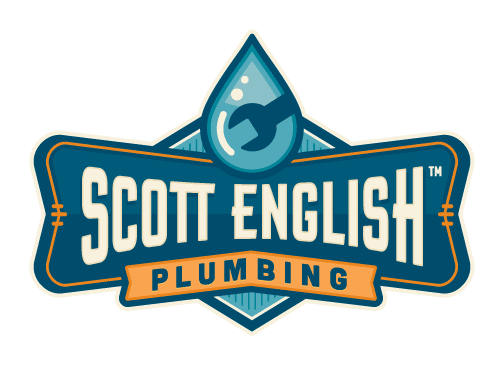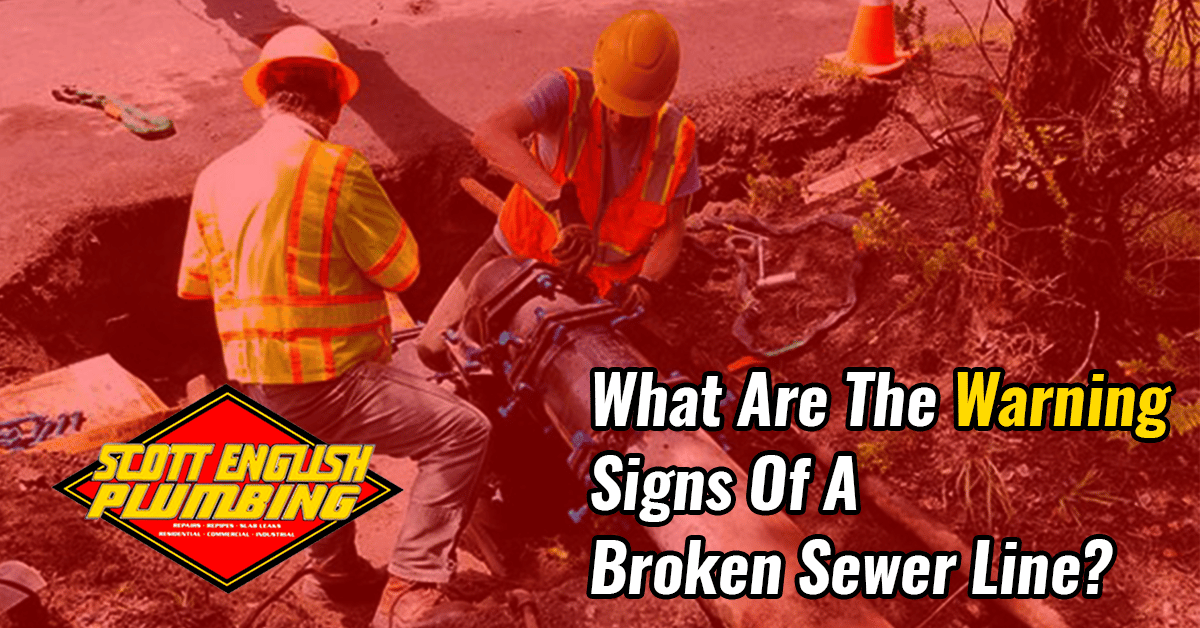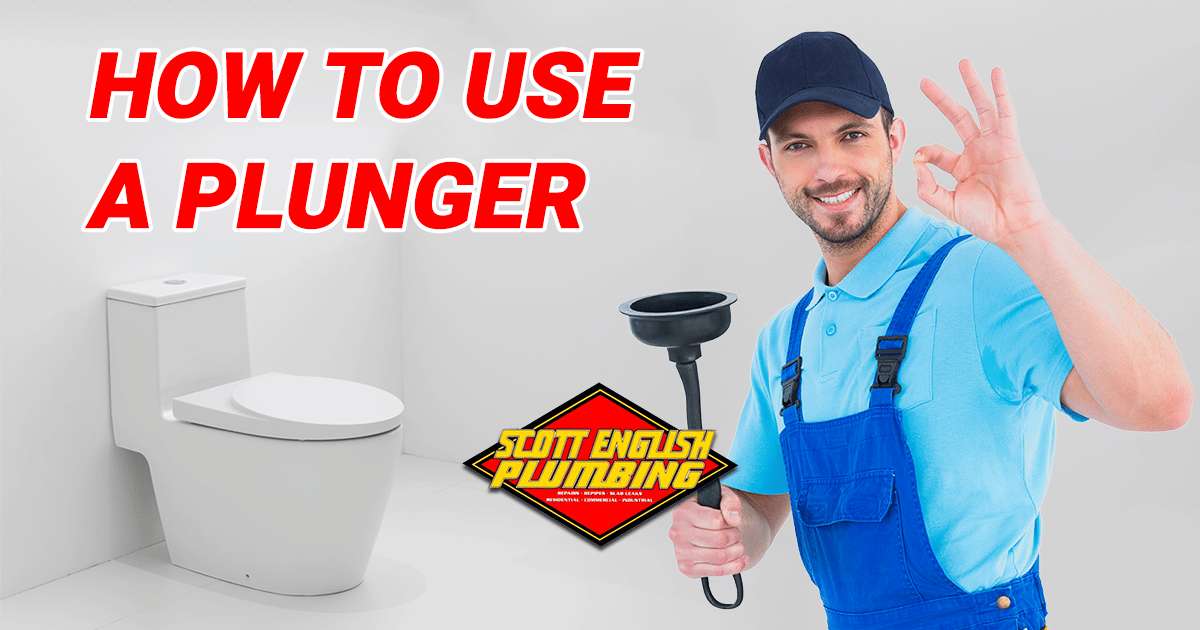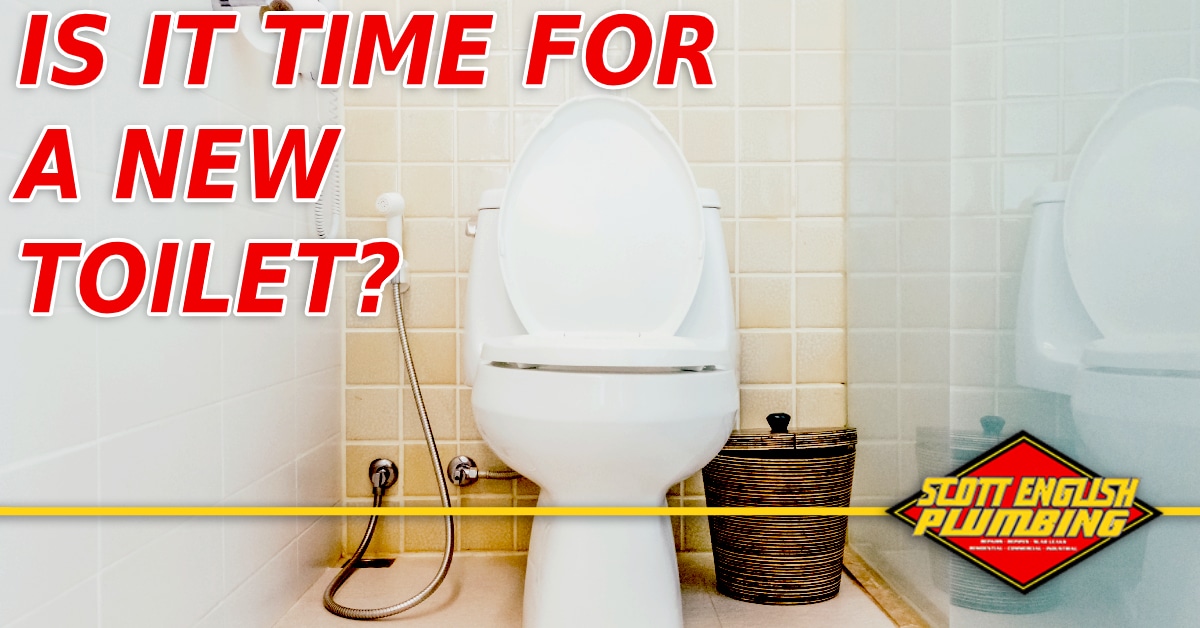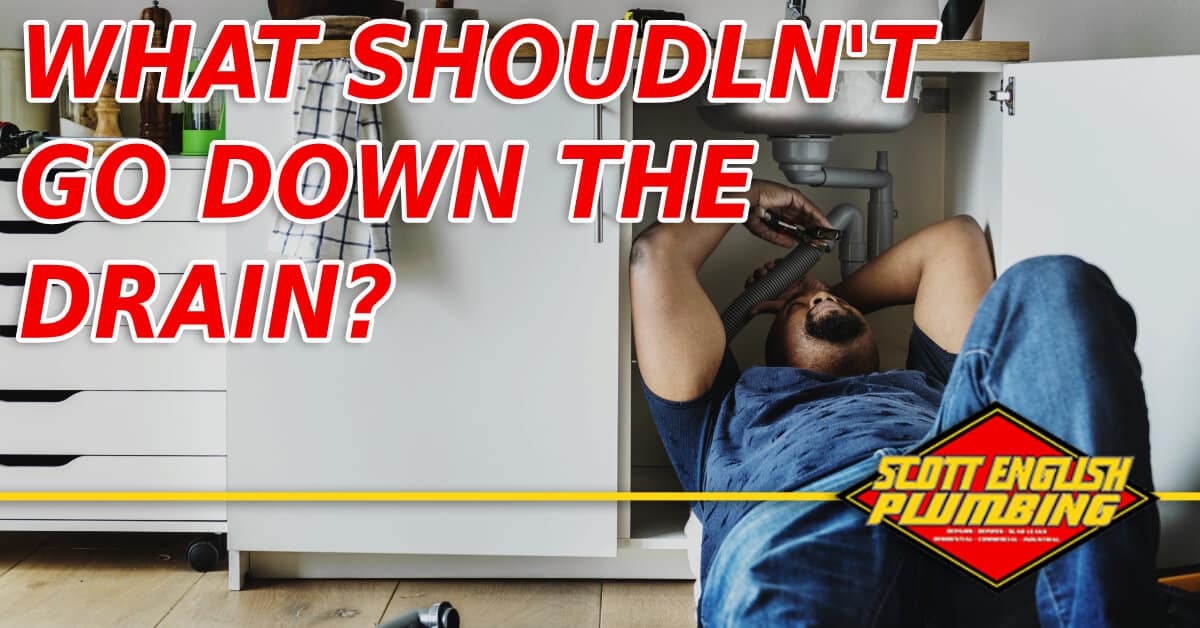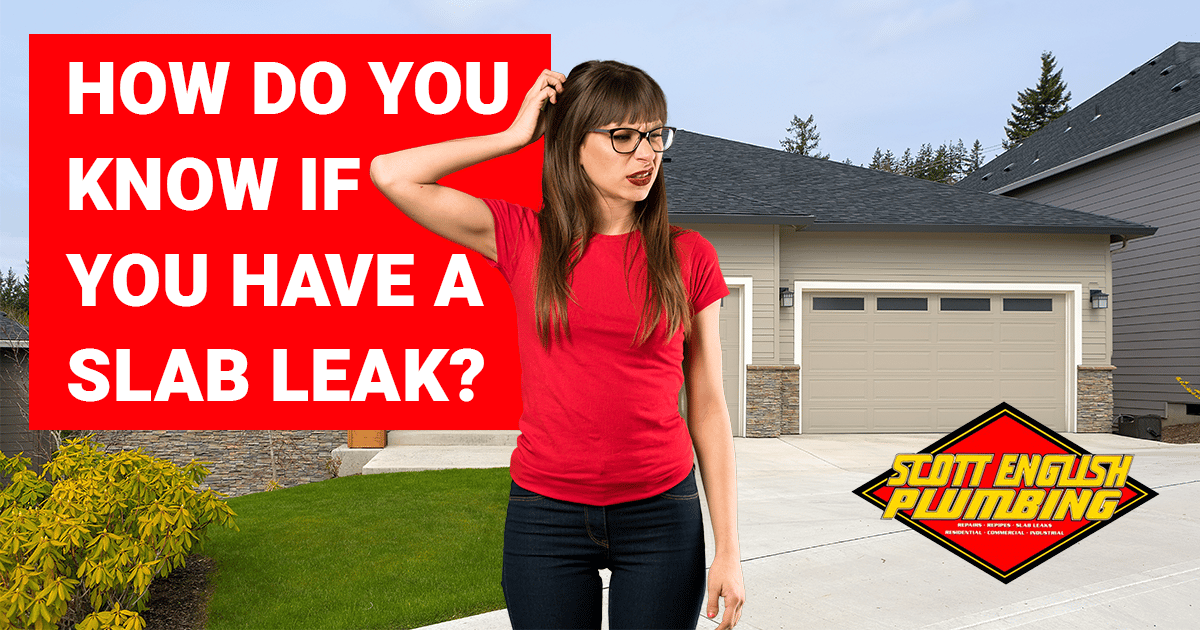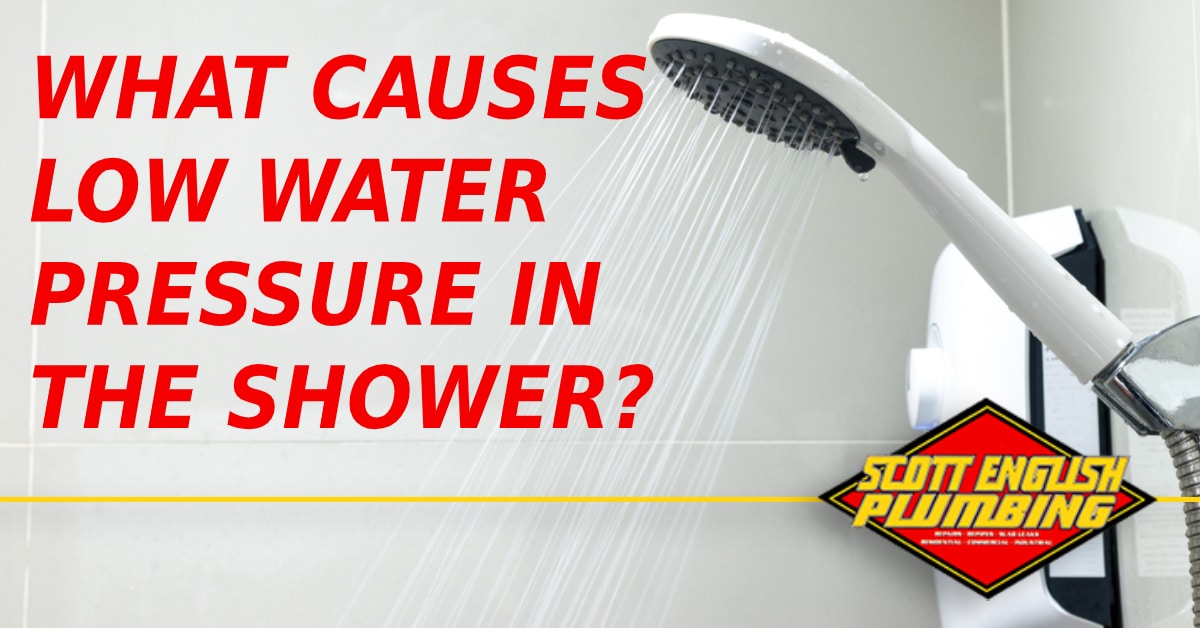Tankless VS Conventional Water Heaters – Which is Best?
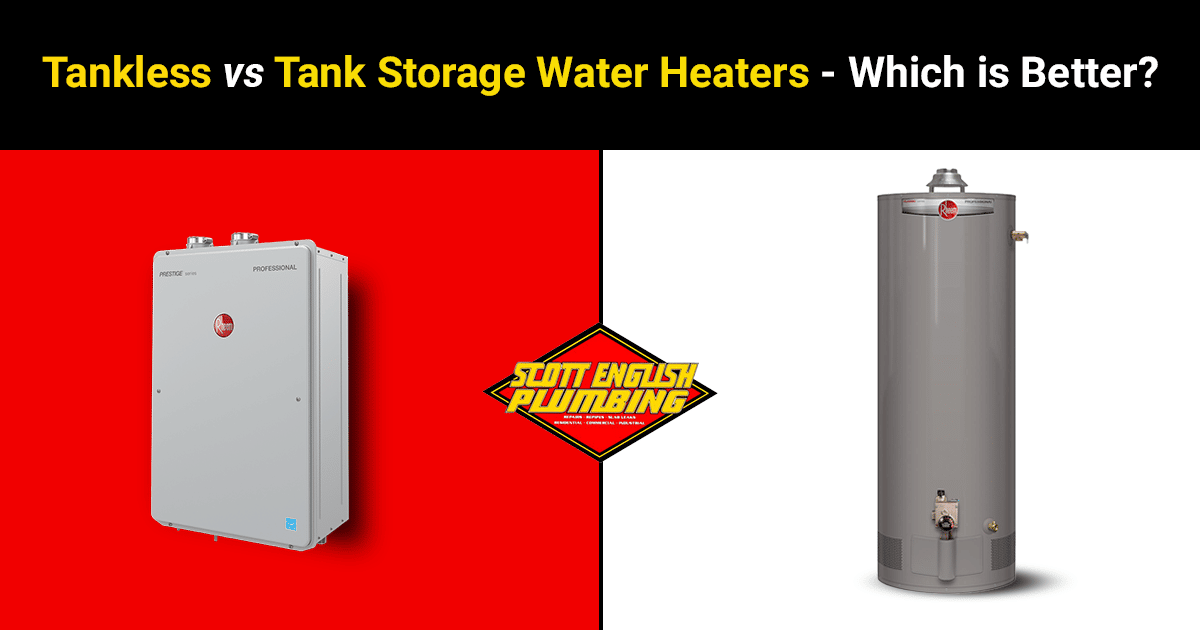
Water heaters are essential. So, replacing them is certainly no easy task. Of course, technology has changed a lot through the years, and one of the newest options in water heaters is the tankless variety. So should you stick with a conventional storage water heater, or should you go for a tankless one instead? This guide will help you figure it out.
Conventional Storage Water Heaters VS Ones that Heat as You Go
Tankless water heaters heat the water as you use it, while storage water heaters hold hot water until you need to use it. The instantaneous nature of tankless water heaters VS conventional is an important distinction. Tankless water heaters tend to be more cost-effective to run than their conventional counterparts. They only heat water when you need it, so you only pay for hot water as you need it. However, if you have a conventional storage water heater, you have to pay costs to store it as hot water. This adds money onto your heating bill through either electricity or gas costs, depending on the type of water heater it is (electric or gas).
Avoiding Cold Showers
Besides the added operational cost of storage water heaters, you also have to deal with running out of hot water. Each unit can only hold a limited amount of hot water. But when you have a tankless water heater, you don’t run out of hot water. Why? Because the unit heats water on an on-demand basis, effectively putting an end to cold showers.
Price Comparison
Now we get to the one advantage storage water heaters have over tankless ones. Storage water heaters have been the standard for a long time, so you will find that they tend to be quite a bit cheaper than the tankless variety. In fact, tankless water heaters can be twice as much as conventional storage water heaters. However, you could save back that extra money pretty quickly. It depends on how much the new tankless water heater saves you on your heating bill.
When comparing the prices of tankless and storage water heaters, ask about the monthly savings you will see on each tankless model. Doing so will help you figure out how long it will take you to save back the extra money you spent on the water heater. Some consumers discover that it takes them longer to recuperate the money they spent on a tankless water heater than the average life span. However, the knowledge that you are using a more environmentally friendly way to heat your water may be enough to tip the scales in towards tankless.
It is always helpful to talk to an expert about the advantages and disadvantages of each kind of water heater. There are many different models available, and each has various features. However, understanding the main differences between tankless and storage water heaters is the first step towards making a wise decision.
Energy Factor Ratings & Tank vs Tankless Water Heaters
The energy efficiency awareness has proven to be extremely advantageous for many homeowners in search for the right water heater. When shopping for your water heater, the first thing to check is the Energy Factor (EF) rating of the unit. What is the importance of the EF rating? This tells you everything you need to know about its efficiency, flow rate (if you are looking for a tankless one), and first-hour recovery (with storage tank heaters).
How do you read the EF rating? The important thing to remember with EF ratings is that the higher the number associated with the unit, the more efficient it is. In terms of recovery rate, the higher the number shown, the more hot water the unit produces within the first hour after the spigot has been opened.
Tankless water heaters present the unique condition of having its flow rate being cut in half by the lower groundwater temperature. This means that you need to look at the incoming winter water temperature if you want to shop for tankless water heaters.
Type of Heater
Now that you have an idea about EF ratings in relation to efficiency, flow rate, and recovery rate, let’s look at the most common units available in the market today to help you decide what is right for you.
- Conventional Gas Water Heaters – with an EF rating of at least 0.67, it has low upfront cost and very easy to install. It has proven reliability for long-term use. This is an excellent choice for immediate replacement for those who do not require much hot water. Simple, reliable, and affordable.
- Condensing Gas Water Heaters –can have a thermal efficiency of as high as 96%, it is considered as the most energy-efficient in the market today. It also has an unbelievable recovery rate that means you will almost never run out of hot water any day. Until more affordable units become available, this type of water heater is one of the most expensive. If you love long hot showers or multiple showers are used in your home simultaneously, this might just be the one for you.
- Tankless Water Heaters – this generates hot water on a per need basis. Equipped with a flow sensor, it detects when the faucet is opened, which signals the gas valve to open and fire up the burners. Look for a unit with an EF rating of anywhere from 0.54 to 0.82. There may be a lag time of as much as 8 seconds before the burners fire up to heat the water. Flushing by a professional plumber can cost as much as $125. If you do not have much floor space, but need continuous supply of hot water, this may be the unit for you.
- Hybrid Electric Heat-Pump Water Heaters – this makes use of the heat in the surrounding air and pumps it into the heater’s storage tank. This has one of the lowest operating costs among the water heaters in the market. This type of water heater can also qualify owners for tax incentives or rebates. Although it is comparatively more expensive than other models, this may just be the right choice for you if you live in an area where the climate is warm.
- Electric Point-of-Use Tankless Water Heaters –this is used to reduce water waste and is not designed to replace the main water heater in your home. It is usually installed under the sink, connected between the hot and cold water valves. By eliminating frequent cycling, it increases the efficiency of hot water use. This works best for kitchen and bath faucets.
Contact Scott English Plumbing, Inc. for Water Heater Assistance Today!
Let the experts at Scott English Plumbing help you figure out if a tankless or a storage water heater is the better choice for your home. They offer complete installation and service for water heaters, as well as 24 hour emergency plumbing service, electronic leak detection, garbage disposal installation and service, and water softener and filter installation and service. Call Scott English Plumbing today to find out how they can help you.

